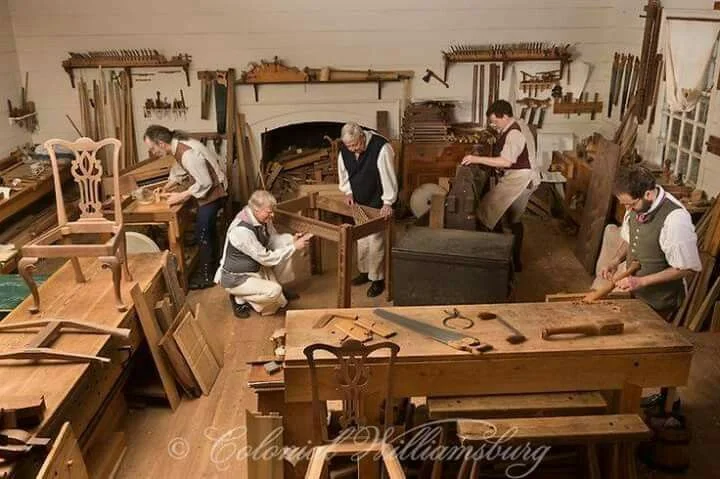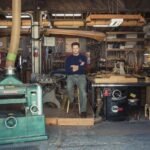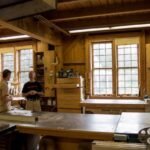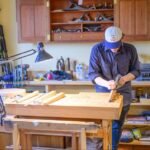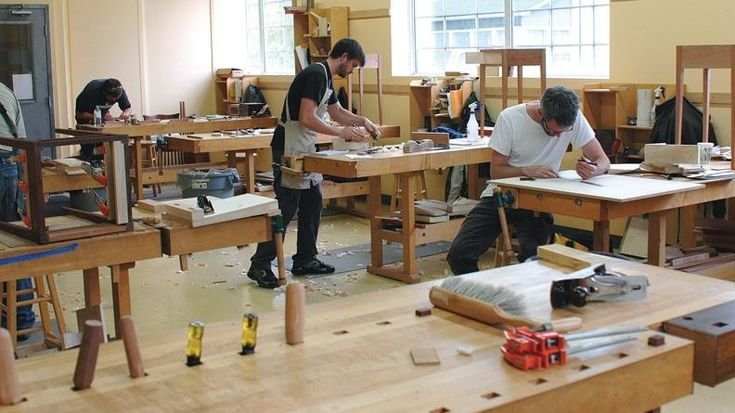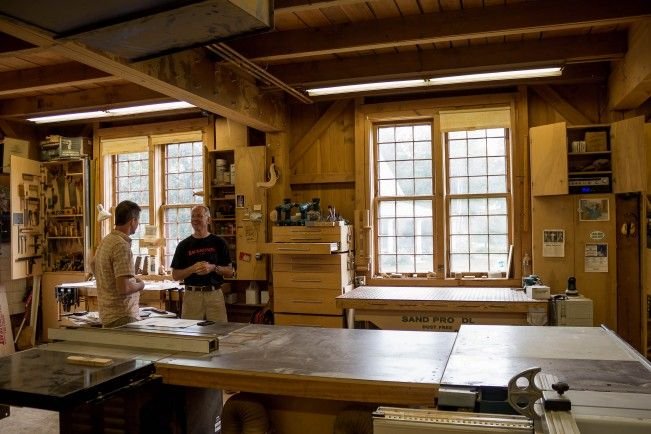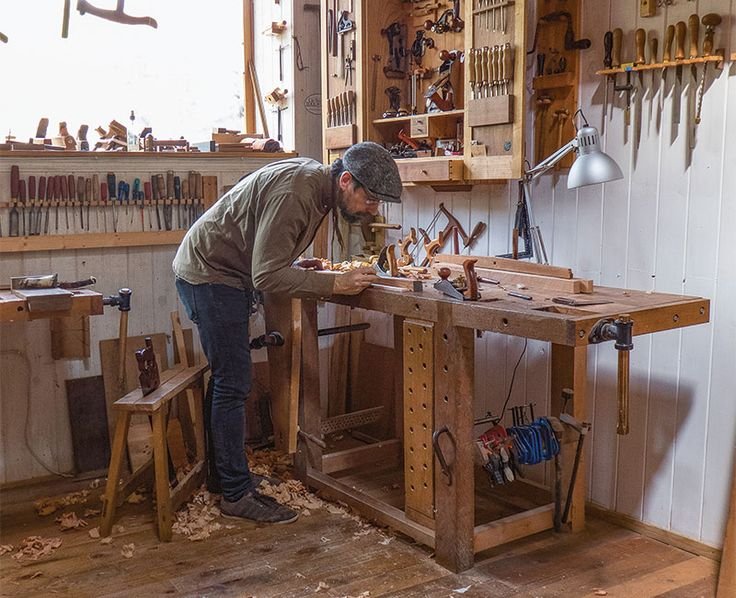Coffee, Sawdust, and Secondhand Machines
Sitting here in my garage, with the scent of freshly cut pine wafting through the air, I can’t help but think about how I stumbled into the world of woodworking with secondhand Felder machines. It’s afunny story, really. Grab a cup of coffee, and let me take you back to when this whole thing started.
Years ago, I was flipping through one of those online marketplaces, just mindlessly scrolling, when I came across a listing that made my heart stop. A Felder jointer, just sitting there, gleaming under the harsh fluorescent lights of a garage two towns over. The price was well below what I expected. I mean, Felder’s one of those names that gets thrown around like gold in the woodworking community. They have a reputation for lasting ages and being reliable. So, naturally, I started daydreaming about all the projects I could tackle. If I brought this beauty home, I’d finally make that dining table I’d been sketching on napkins for months.
But then the doubts crept in. I remembered my buddy Tom telling me last summer that you can pour your whole savings into secondhand machinery and end up with a heap of rust and disappointment. I chuckled to myself, thinking about how I barely knew the difference between a jointer and a planer at that point. But the allure of that machine… it was hard to resist.
The Big Purchase
After a few hours of back-and-forth bargaining, I finally drove out to get it. This guy had it parked in his garage with a pile of sawdust around, and he looked like he had seen plenty of projects gone awry himself. As he demonstrated it for me, the motor hummed to life with a sound like music to my ears—a deep, reassuring growl. There was something calming about it, like my father’s old truck starting up on a cold morning.
I wheeled it into my garage, as proud as a kid bringing home a new puppy. But as I stood there, the reality set in. Now what? I realized I didn’t just need the jointer; I needed to learn how to use it effectively.
The First Project
So, buoyed by enthusiasm, I decided to go for it. I picked out a beautiful piece of walnut—rich and dark, smells almost like chocolate when you cut into it. I placed that board on the jointer with all the confidence of a seasoned woodworker. But there I was, practically chewing my nails as I flipped the switch. And, of course, I didn’t pay close enough attention to the height settings. Big mistake. The first pass? It chewed into that walnut like a chainsaw through butter.
I still remember the sound. It wasn’t the clean, satisfying cut I envisioned; no, it was a sickening crunch that echoed in my garage. My heart sank—did I just ruin a perfectly good board? I almost gave up right then and there, ready to toss the board into the fire pit for a glorified bonfire, but something told me to give it a second chance. I took a deep breath and adjusted the cutter head just a hair.
A Learning Curve
After a few more passes and some deep breaths, I got it figured out, though I won’t claim it was pretty. I even laughed a few times; like, how could I have messed that up so spectacularly? It turned out to be a lesson in humility—a reminder that mistakes are part of the craft. Honestly, if it weren’t for that jointer, I might’ve thrown in the towel after that first fiasco.
But, gosh, the true payoff was when I took that board and fashioned it into a simple coffee table. Each time I sanded it down, it felt like peeling back layers of time. When I finally applied the finish and brought it into the living room, it felt surreal. I could almost hear my grandmother’s voice saying, “You made that? With what?”
The Machines: Blessings and Curses
Now, about those secondhand machines—you gotta approach them with a blend of excitement and caution. After the jointer, I went on a bit of a rampage, snatching up a Felder planer and table saw too. At times, they seemed like both a blessing and a curse. I’ll never forget the time I tried to set up my table saw and had more trouble than I anticipated. I had it dialed in just right—well, I thought I did—only to find my cuts were off by a smidge. Just enough to grind my gears, but not enough to throw me completely off.
There were hiccups—believe me. I dropped that jointer on my foot once (don’t ask). The noise it made—that horrible metallic crash followed by a grunt from me—still brings a smile to my face. But you know what? Each mishap only added to my understanding of the machines.
The Heart of the Matter
Here’s the thing: if you’re thinking about diving into secondhand woodworking machines, don’t let the fear of mistakes hold you back. I wish someone had told me that earlier. Even those rough edges you end up with teach you something invaluable. And, really, it’s about the journey, isn’t it? Sure, there’s nothing like the sweet smell of freshly sanded wood and the satisfaction of a project completed, but it’s those moments of doubt and “what have I done?” that add the spice.
So, if you’ve got the itch for woodworking—especially with secondhand Felder machines—go for it. Embrace the chaos, learn from the messes, and don’t forget to sip that coffee while you’re at it. At the end of the day, it’s all part of the story you’re crafting. And who knows? You might end up with something beautiful to share.

